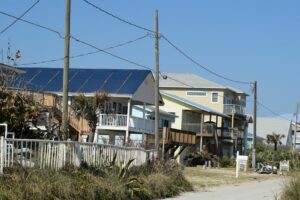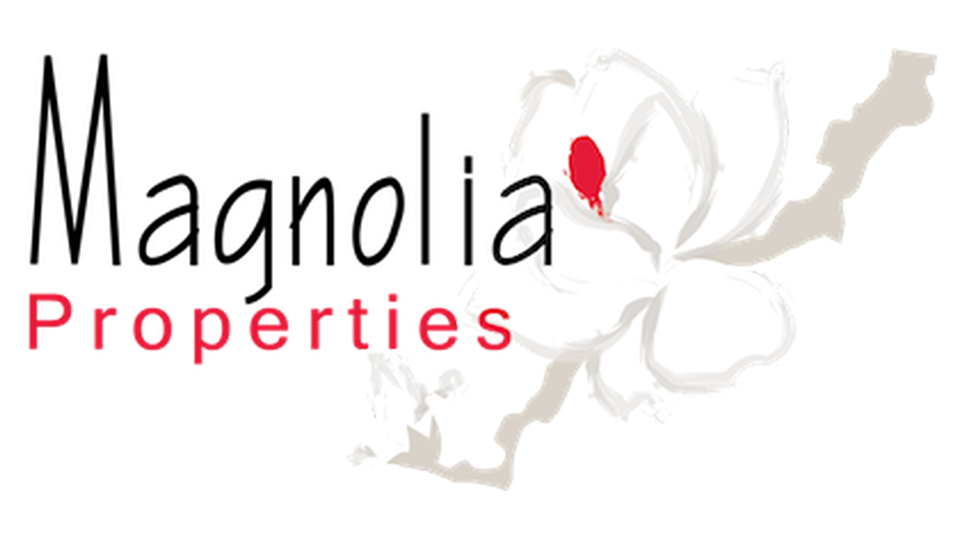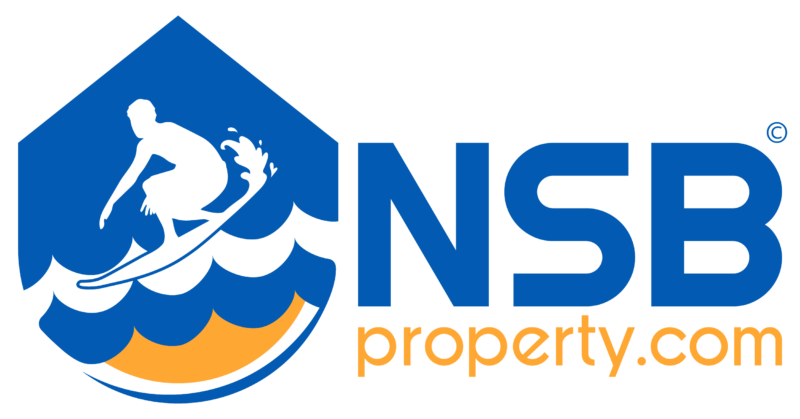Why is insurance so expensive in Florida?
Specifically, why is property insurance so expensive in Florida? There are a number of factors that come into play as it pertains to insuring a home, condo, or commercial property in the state of Florida. This article addresses properties that are closer to the coast, within 20 miles. The obvious answer is of course hurricanes, however this is not exactly the main source of the problem. After all, many states experience their own type of natural disaster. Earthquakes, flooding, mudslides, tornados all of which can cause expensive damage. The blame is more often placed on hurricanes because a named storm sweeping across the state can cause damage across many counties and cities, and though the damage may not be catastrophic in nature, many properties may have had minor damage which is cause for claims while only a few were considered major or beyond repair. For example, a category 4 hurricane makes landfall in Sarasota direct Gulf front homes suffer major damage but as the storm move eastward the homes in Central Florida may see some downed trees or lose a few shingles on their roofs and as the storm approaches the east coast wind speeds are down but potentially rainfall is more significant so flooding becomes a factor.
Why is an old roof difficult to insure if it has no leaks?
Roof age is an important factor in most cases. Some insurance companies will accept roofs over 15 years old if an inspector provides a report stating the roof has at least 5 years of useful life. The irony of this is of course, when raised seem metal roofs or even tiles roofs are advertised they are stated by roofers to have a “40 year life”. Yes your roof may last 40 years, but once that roof is past 15 years you will have to find carriers that will insure older roofs with remaining useful life because they do not care what your roofer advertised. I have had clients that were forced to replace metal roofs in fair condition less than 20 years old and with zero leaks just to bind insurance. Another example that occurred in this area was a rare hail storm that dropped softball sized hail across the community in various neighborhoods. Metal roofs had dings, shingle roofs lost granules, but overall none that I came across were leaking nor was decking or secondary moisture barrier compromised. That did not matter, the majority that were affected were forced to replace their roofs or else risk being dropped upon inspection. My personal roof was 8 years old. Hail falls under the policy portion known as “wind and peril”, which is essentially subject to a much higher deductible in many cases. My young roof cost me $7000 out of pocket and insurance covered the remainder.
Furthermore, roofers and adjusters solicited homes in the past with either minor damage or homes that already had a roof past it’s useful life. What do to when a homeowner can’t afford a roof? Easy! Make insurance pay for it! And that became the case for years and years. Roofs over 25 years old that are well past useful life were being replaced at the expense of insurance companies. Property owners are no longer able to assign benefits directly to the roofing company, they must file claims themselves and that claim may be denied or only partial payment for replacement may occur.
Four Point Inspections Are Important
When buying or selling a home it has become critical to ensure the home has a clean 4 Point inspection in order to achieve the goal of having the greatest number of carriers to choose from and shop. Most homes over 50 years old are unfortunately relegated to Citizens Insurance no matter the perfection of the 4 Point. The 4 points of inspection are: Roof, HVAC, plumbing, and electrical. If you own a home and are considering selling, my best advice to you is to make sure these 4 points are perfect order. Repair requests from buyers that typically must be completed prior to closing are a result of not being able to obtain insurance due to one or all of these factors. Get ahead of it, hire an inspector to do a 4 Point inspection prior to listing your home. Your eventual buyer will likely do their own as well and any deficiencies will be the most likely requested repairs and the most important. A seller really can’t argue these shortcomings because they will be relegated to a buyer that is willing to close without comprehensive insurance or close with a lesser (and significantly more expensive) policy such as an HO8.
What types of insurance policies are available if a home can’t pass inspection?
A policy known as an HO8 may be available if a home does not pass inspection and a seller is unwilling or unable to complete necessary repairs in order obtain a clean 4 Point. This policy does not usually cover water damage or falling objects. If possible it is best to complete the repairs required to upgrade to a more robust policy. There is also a policy known as a DP3 policy that is used for homes with older roofs. Personally, I have not had a client move to closing with a DP3 policy but I have had many move forward with an HO8.
Besides roofs, what are other common reasons a home may not be insurable?
In this market area, the most common problem I personally come across is electrical panel issues. Fortunately, replacing an electrical panel is not near as expensive as a new roof or as expensive as installing new plumbing. If the issue is panel related it’s usually easy enough to negotiate and move forward. If the wiring is the issue, for example cloth wiring then you have bigger problems. I home with cloth wiring is near impossible to insure and should be upgraded ASAP which can be very costly. Some insurance companies do not like braided aluminum, even if it’s just the main. Braided aluminum is extremely common in older homes and is acceptable in many cases. Plumbing that is unacceptable is anything polybutylene and galvanized fittings or piping is also a red flag. Although not ideal, typically cast iron or clay pipes are still insurable. I do recommend that buyers request a sewer scope if the home being purchased is older. It’s very common for cast iron or clay sewer lines to have breaks and blockages, usually tree roots are the culprit.
When should I start shopping for insurance when purchasing a home in Florida?
The short answer, right away! Go ahead and reach out to several insurance agents with the address and provide your information. As soon as you have your 4 Point and wind mitigation forms, have the agent shop carriers. As soon as those carriers have sent quotes, have the agent bind! Some agents love to wait until the last minute to bind (typically because the lender has not sent the mortgagee clauses). Let your lender know you want insurance bound ASAP. Waiting until a week before closing can open a can of worms. Carriers may opt out of the area suddenly, or terms of the policy may change suddenly. BIND AS SOON AS YOU CAN!! A quote is not a binder!

I hope this information was helpful! As usual if you ever have any questions feel free to call me directly. I am always happy to chat with residents and future residents about their home buying experience. Contact


